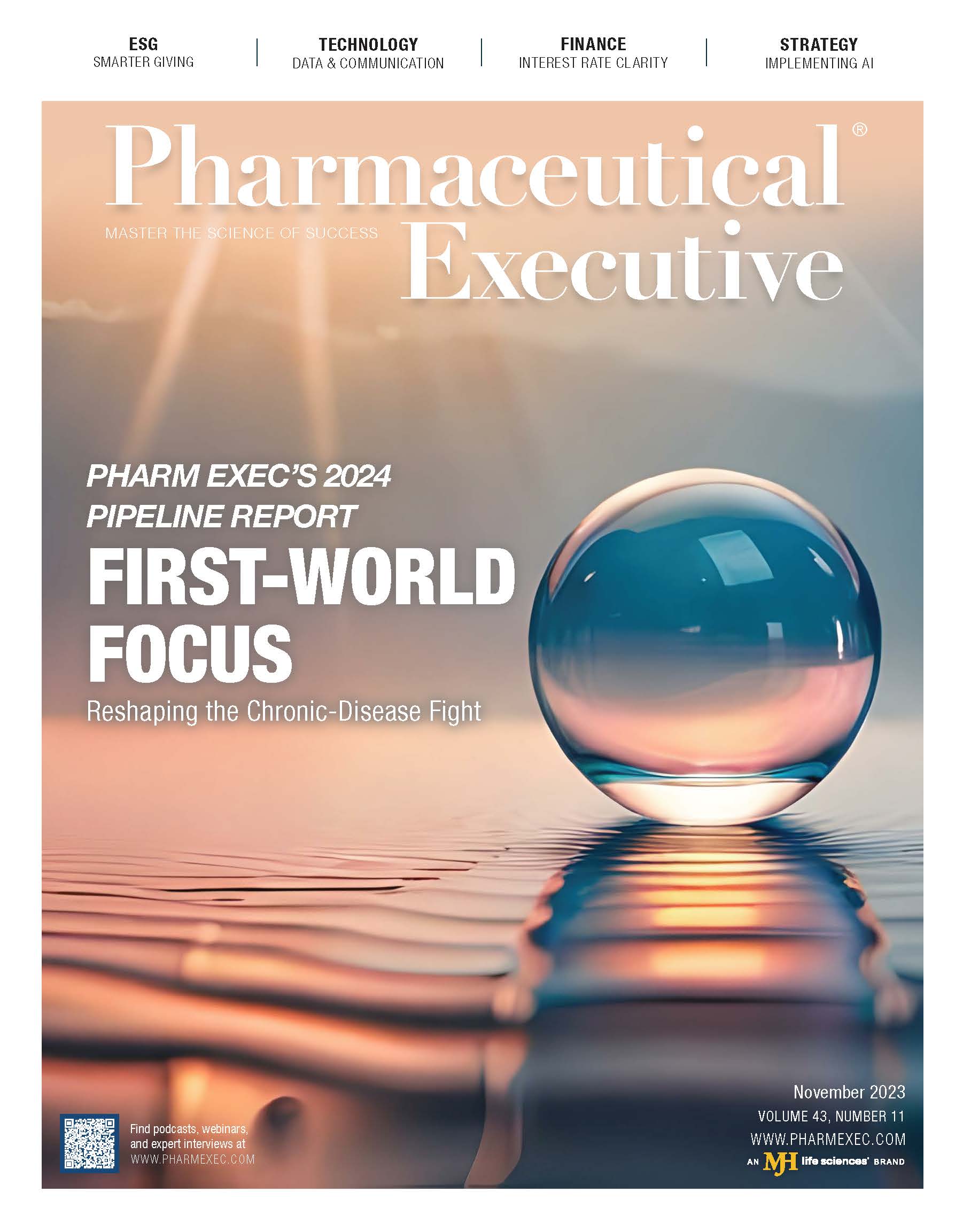Reading the Tea Leaves for Biotech As 2024 Approaches
Could the sector please get a little ‘rate’ relief?
Barbara Ryan
Founder
Barbara Ryan Advisors

Despite relatively positive fundamentals for the biotech sector as a whole—ranging from clinical and regulatory gains, M&A activity, and commercial successes—biotech remains under the pressure of the ever-persistent headwinds of Fed-induced rising interest rates provoked by a strong economy, inflation, and a tight labor market.
While the market had recently anticipated that rate hikes would cease in the early Spring of 2024, coincident with a slowing economy which would pull interest rates in the opposite direction—down. Certainly, this combination would generate investor rotation into growth stocks and provide a much-needed relief to multiples in the biotech sector and an upward bias to valuations. Unfortunately, the strength of the US economy has continued to persist—provoking the Fed to remain hawkish.
In fact, Fed Chair Jerome Powell’s recent comments indicated that interest rates are likely to remain elevated for an extended period of time, postponing market expectations for rate cuts to begin in early 2024—and pushing that out to the second half of next year. This would dash the market’s hopes for four rate cuts in 2024, with the first occurring in May.
As recent as late October, the US GDP was once again strong— the economy grew 4.9% in 3Q, and consumer spending was up significantly. Investors can expect nothing less than more of the same from the Fed. The theme “higher for longer” is alive and well and its relevance across the market is the nemesis of biotech stock valuations.
Powell’s comments and the recent strength in economic reports are clearly not good news for biotech. Year-to-date, the S&P is up 7.2% and the NASDAQ up 21%, while the XBI (biotech index) has now hit a new 52-week low and is down a steep 23%.
Life sciences remains a sector of “haves” and “have-nots.” Investors remain highly risk averse and overwhelmingly prefer low-risk assets to higher-risk ones, which accounts for the continued steep declines in early-stage companies in favor of later-stage and commercial companies.
The list of organizations with less than 12 months of cash and no path to raising capital is growing. If a path is available, it will come at highly dilutive valuations. Not surprisingly, restructurings are the order of the day—to create much-needed runway and prioritize asset allocation. According to Brian Gleason, managing director at Raymond James, the total number of restructurings (as of this writing) stands at 88 companies this year, with 15 of them running active public strategic-alternative processes and, of course, there are likely more running them confidentially.
According to Tim Opler, managing director, Stifel Investment Banking, more than 70% of the biotech sector now trades at an enterprise value of $100 million or less. Further, the number of life sciences companies trading below enterprise value rose to a record 232, and Brian Gleason, managing director at Raymond James, estimates that a staggering two-thirds of the public companies in the biotech sector will have less than 18 months of cash as of the end of the third quarter.
So far in 2023, we’ve seen 29 public company acquisitions; 15 of these were for over $1 billion. Both figures are records for the sector. We are clearly not done—yet—for the year. The cash flush acquirors have substantial growth holes to fill as an estimate $350 billion in drug revenues lose market exclusivity beginning in 2025. We expect M&A to continue to be a major theme in the sector and the source of most of the alpha generated. That said, the deals tend to be concentrated among later-stage organizations, where assets could be commercialized in a timeline relevant to filling large pharma’s growth gap.
Tough times indeed—but I would like to share an observation from Opler in closing. In his recent investor note, he wrote that OrbiMed announced that it had raised $4.3 billion for its various funds. In Opler’s words, “this would be an impressive fund raise in the best of times,”and he speculated that this could vault OrbiMed into the No. 1 or No. 2 rank among the largest private asset managers in the life sciences sector. Clearly, they must see the potential opportunities in the current carnage.
To quote Opler, again, “If one looks at the NASDAQ Biotech Index going back 30 years, it is evident that biotech stocks are up 20 times. Further, the CAGR from buying the index over the last 15 years has been 10.9%.”

Novo Nordisk, The United Laboratories Ink Exclusive License Agreement for Triple Receptor Agonist
March 25th 2025Under terms of the license agreement, Novo Nordisk will acquire the rights to develop and commercialize UBT251 outside of China for obesity and type 2 diabetes for an upfront payment of $200 million.